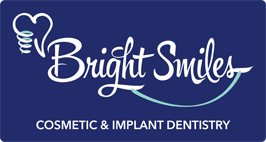TMJ DISORDER

Two joints and several jaw muscles make it possible to open and close the mouth. Many adults experience pain from these joints or muscles. Some common symptoms include pain in and around the ear, tenderness of the jaw. Other symptoms may be clicking, popping, headache, neck pain or locking of the jaw. The jaw joints (temporomandibular joints) and its affiliated muscles, ligaments, discs and bones can become subject to injury.
Dr. Sadr has advanced training in identifying and treating TMJ disorder through non-invasive methods. The most common non-invasive treatment of TMJ disorder is hard mouth guard that is custom designed for each individual.
Copyright by Bright Smiles 2022.
